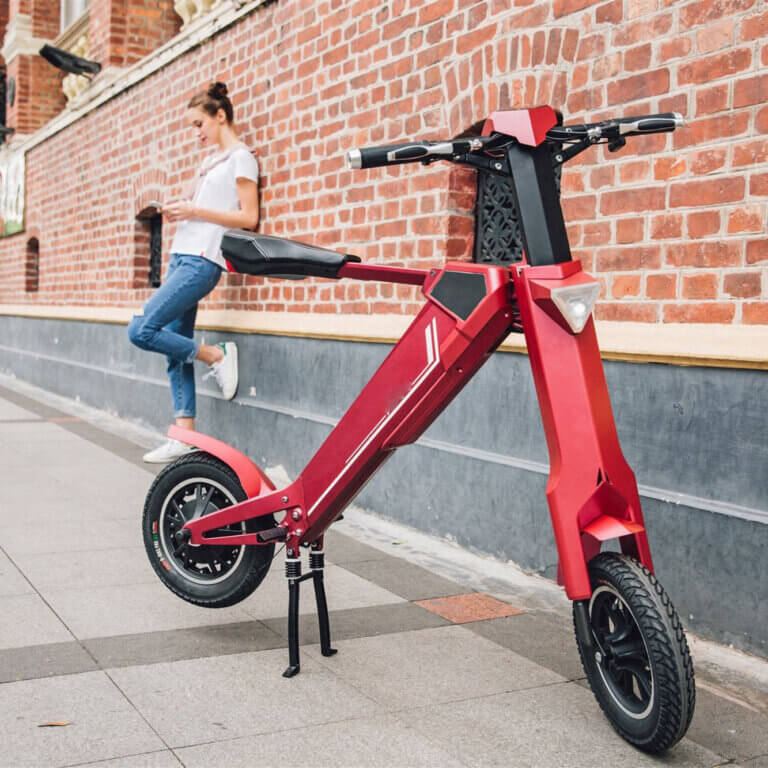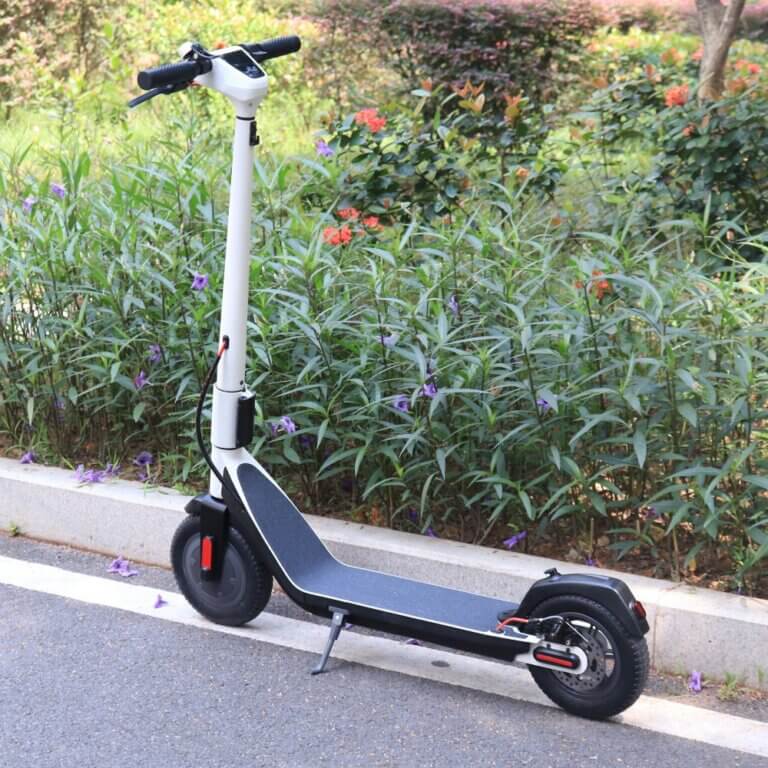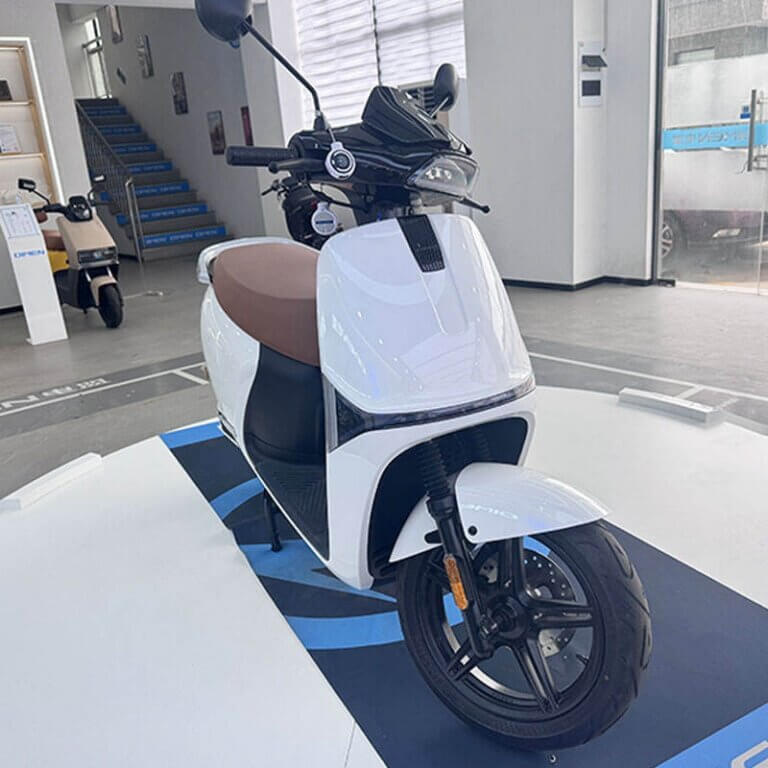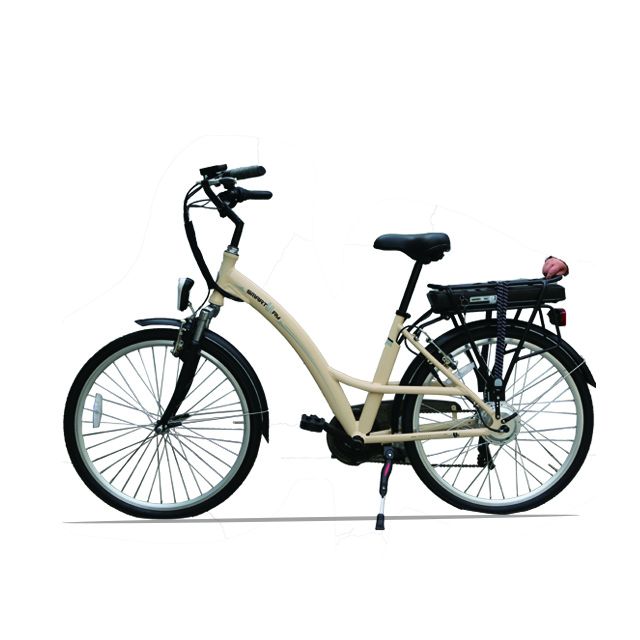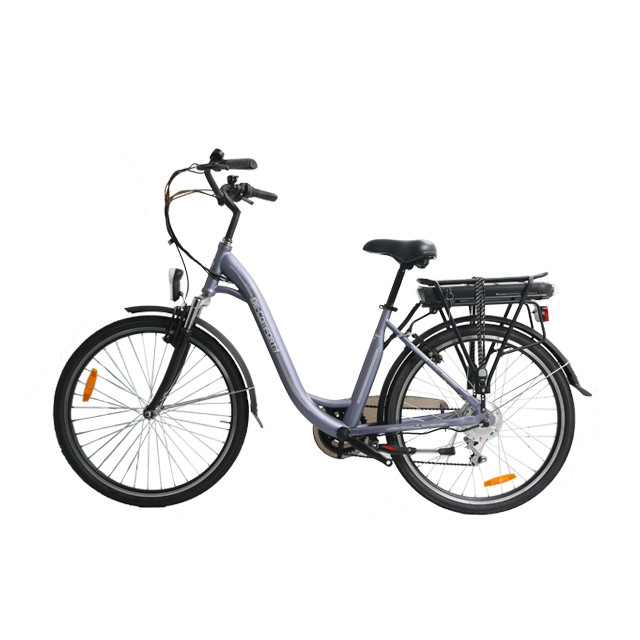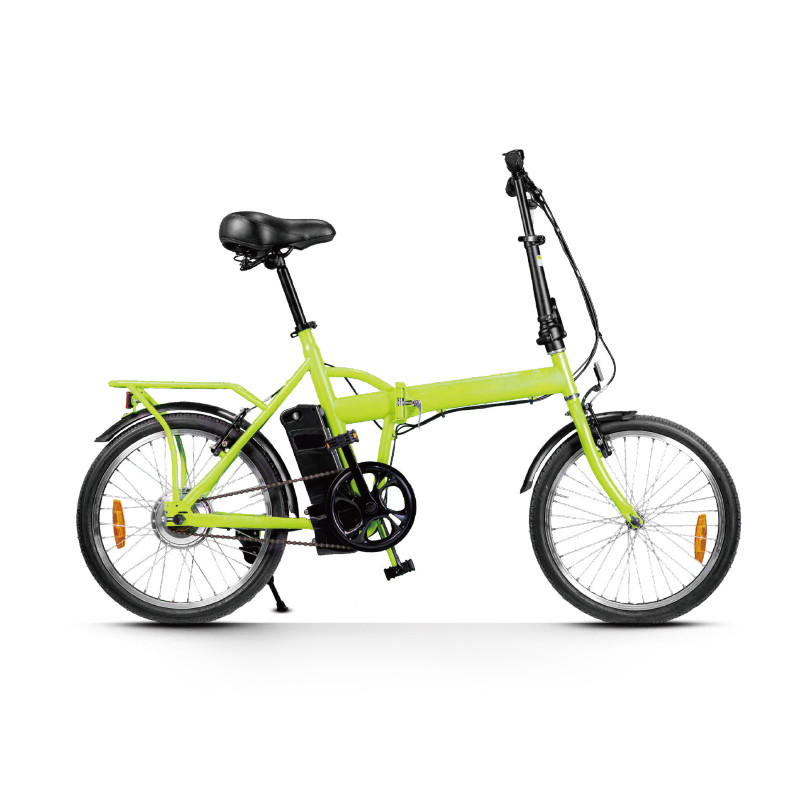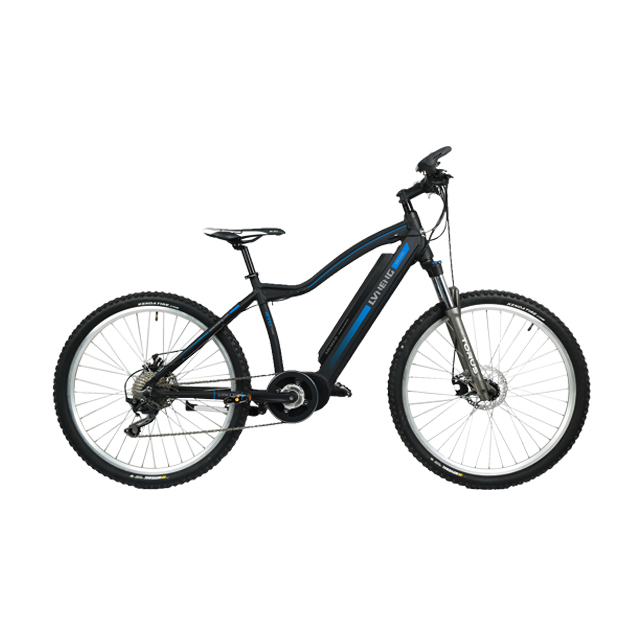-
414 Block B, ZT Times Plaza, Wuhan, Hubei, Kina
Blogg
Starta ett skoterdelningsprogram i ditt område
Program för delning av skotrar: tillstånd först, pilot senare
Avhandling: Starta inte innan du har ett giltigt tillstånd och kör sedan en pilot med tidsbegränsad licens.
- Varför det fungerar: Städer behöver kontrollspakar - tak, servicezoner, KPI:er för svar, datadelning. Ett pilotprojekt på 6-12 månader håller alla ärliga.
- Vad ska skrivas in i tillståndet: försäkring, säkerhetsplan, ombalansering av SLA, parkerings-/klargöringstid, GBFS/telemetrispecifikation, integritet, påföljder, regler för rättvis service.
- Kontrollpunkter för piloter: veckovisa driftsresultat (tillgänglighet, utnyttjande, incidenter, avslutade klagomål) och sedan skala eller minska.
Planering av parkering och fordonsflottans täthet för scooterdelning
Avhandling: Parkeringsdesign är inte "nice-to-have", det är den spak.
- Layout: serviceområde ≥ ~10 km²; 10-16 anvisade parkeringsplatser per km²; ≤250 m avstånd mellan parkeringsplatserna.
- Kontroller: QR + geofenced vid ändhållplats, trottoarskyltning, taktila plattor där det behövs.
- Resultat: Färre klagomål, mindre skräp på trottoaren, bättre churn.
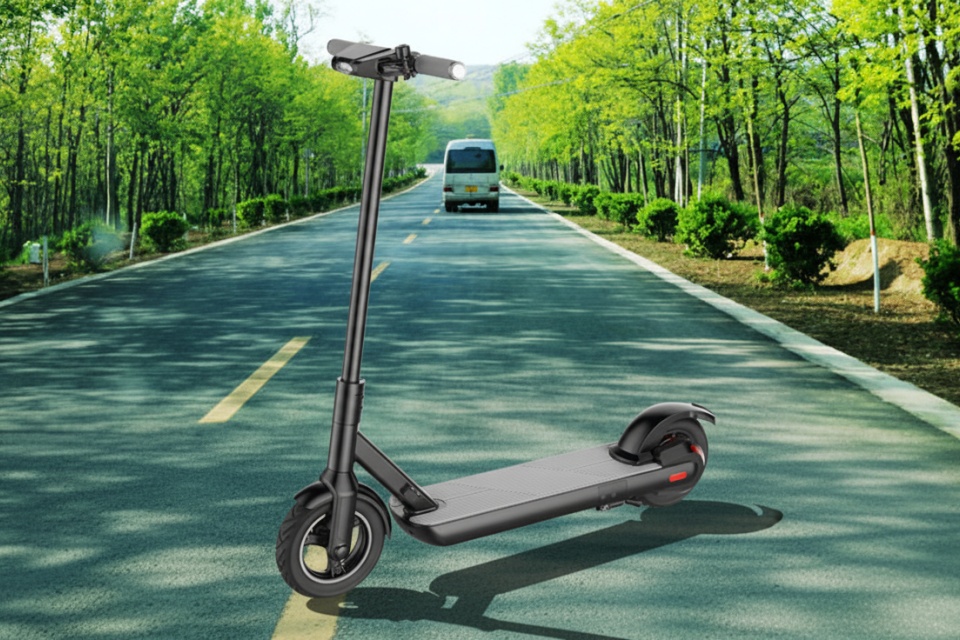
Säkerhet för mikromobilitet: baslinje för skador och faktiska kontroller
Avhandling: KPI:er för säkerhet är bättre än slogans.
- Känt mönster: huvudskador är vanliga; nattetid + alkohol ökar riskerna.
- Kontroller som rör nålen: dynamiska långsamma zoner (10-15 km/h), strypning sent på kvällen, hjälmincitament, gemensam kontroll av rattfylleri på skotrar, nybörjarläge i appen, varningar om kraftiga bromsar för operatörer.
- Vad ska jag publicera? incidenter per 100 000 resor, klareringstid för riskrapporter, inlösningsgrad för hjälmar. Håll det transparent.
Livscykel och hållbarhet för elskotrar (LCA)
Avhandling: Den "gröna" historien beror på hårdvarans livslängd + driftsmodell.
- Spakar: utbytbara batterier, modulära delar, reparerbarhet, längre hållbarhetsstandarder för däck och hals, gröna laddningshubbar.
- Avläsning av fältet: ersätta bilresor = vinst; ersätta gång/cykel = meh; dieselskåpbilar för ombalansering = förlust. Utforma verksamheten för att undvika det.
Rättvis tillgång och inkludering
Avhandling: Bygg för allainte bara yrkesverksamma i centrum.
- Taktik: kontantvänliga påfyllningar, låginkomstplaner, förenklad UI/UX, förarutbildning, tillgängliga klagomålskanaler, 60-minuters SLA för avlägsnande av hinder, samhällsambassadörer.
- Varför du kommer att bry dig: starkare politisk täckning, högre kvarhållande i "kallstartade" distrikt.
Data och API: GBFS och verksamhetsmätningar
Avhandling: Data är din sociala licens.
- Standarder: GBFS (fordonsstatus, systemtimmar, geofences), månatlig KPI-export, integritetsskydd.
- Mätetal som spelar roll: tillgänglighet %, perfekt körhastighet, första responstid, NPS, enhetens drifttid, batteriets cykelhälsa. Koppla incitament/påföljder till dem.
Produktanpassning: hopfällbar och delbar scooterhårdvara som faktiskt levereras
Du behöver fordon som överlever den verkliga världen, men som också matchar olika miljöer (campus, pendeltåg, turism, förortstrafik).
- Kategorin delningsscooter (redo för fordonsflotta): anti-vandal ram, IP-klassning, IoT-lås, utbytbart paket, motor med hög kapacitet, drop-in med din MNO.
- Se kategorin: Delning av skoter
- Vikbar pendlare (B2B grossist, flottor, incitament): kompakt, snabbvikning, lättare däck - användbart för partnerpaket och MaaS-skåp.
Konkreta alternativ från katalogen (OEM/ODM-vänligt):
- Bästa hopfällbara elektriska skoter för pendlingscykel grossist - Super S: kompakt vikning, pendlarklass; fungerar för arbetsgivarens pendlingsförmåner, tåg-till-kontor-hopp.
- FS Pro mobilitet elektrisk motor scooter för vuxna leverantör: kraftigare chassi för tuffare trottoarkanter; bra för städer med blandad terräng, högre arbetscykler.
- S1 hopfällbar elektrisk scooter för vuxna 300 lbs fabrik: hög lastklassning; passar tyngre förare och uppgifter med lite last.
Tillägg: för täta kärnområden specificerar vi ofta en Urban M paket - styvare styrstam, förstärkta gafflar, tyst nav och en "low-drama" styrkarta. Mindre wobble, färre biljetter. Låter litet, sparar huvudvärk.
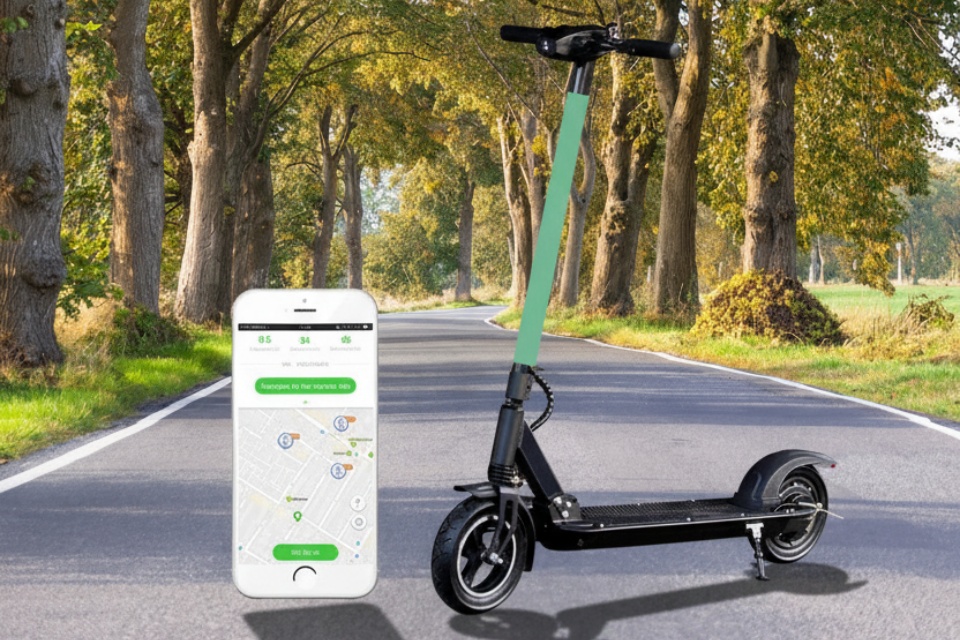
Scenarier från den verkliga världen
- Transitrik stadskärna: långsamma zoner runt stationer; parkeringsfickor på önskelinjerna; flotta med hög omsättning (mindre förpackningar, fler bryggor). FS Pro för tolerans mot missbruk.
- Universitetets campus: geofenced no-ride quads; nybörjarläge i appen; studentpriser; Super S för studentrum till föreläsningar (viks ihop, förvaras snabbt).
- Turismens vattenfront: geofences med röstmeddelanden för fasta rutter; fotokontrollpunkter; S1 för vikttolerans och ridge decks.
- Förortsknutpunkt: Park-and-ride-anslutningar; väderskyddade handtag; "återvänd-till-hub"-incitament nätter/helger.
Argument → Bevis → Källa
| Argument (vad ska man göra) | Bevis / datapunkt (illustrativ) | Källa (endast namn) |
|---|---|---|
| Tillstånd i första hand, pilot i andra hand | Pilotprojekten ger städerna verktyg: rätt storlek på flottan, parkeringsövervakning, datastödda beslut | NACTO, "Riktlinjer för reglering av delad mikromobilitet" |
| Tät, utformad parkering | ~10-16 bays/km², ≤250 m avstånd minskar störningar och klagomål | Handböcker för branschdistribution; handböcker för kommunala pilotprojekt |
| Säkerhet kräver kontroller | Huvudskador vanliga; natt + alkohol ökar riskerna; långsamma zoner + hjälmar hjälper | Hälsoavdelningar i städer; CDC-liknande skadegranskningar |
| LCA är beroende av operationer | Utbytbara batterier + modulära delar minskar påverkan per kilometer; att ersätta bilresor vinner mest | OECD/ITF:s studier av mikromobilitet; akademisk LCA-litteratur |
| Eget kapital driver adoption | Kontantalternativ, låginkomstplaner, 60-minuters obstruktion SLA förbättrar förtroendet | ITDP vägledning; stadens RFP-krav |
| Data är licensen | GBFS + månatlig redovisning av nyckeltal; knyta incitament till mätvärden | NACTO; stadstillstånd & RFP-mallar |
Snabb kartläggning av specifikationer till scenarier
| Scenario | Hårdvaruplock | Varför passar den | Ops notering |
|---|---|---|---|
| Lunchrundor i CBD | FS Pro | styv ram, högre arbetscykel | långsam zon <15 mph nära stationer |
| Mikromobilitet på campus | Super S | lätt, snabb vikning | nybörjarläge; parkeringsfållor |
| Fritid vid vattnet | S1 | hög belastningsgrad, stabilt däck | guidade rutter + fotostopp |
| Matare i förorterna | FS Pro eller S1 | vridmoment för kvaliteter | krediter för återgång till navet |
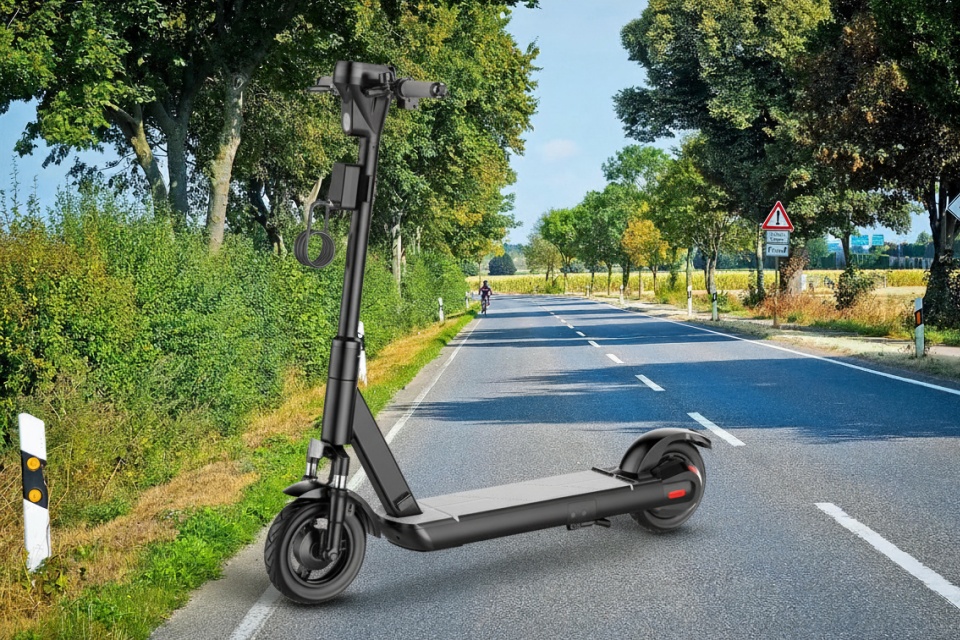
Affärsmodell
- Intäktsströmmar: minutpris, upplåsningsavgift, pass (dag/vecka), partnersubventioner (arbetsgivare/universitet), turistpaket, lojalitetsnivåer.
- Kostnadspåverkan: bytestäthet kontra batteristorlek, placering av skåp, förebyggande underhåll, strategi för reservdelspaket, besättningsdirigering.
- Riskspakar: väderbuffertar, skadegörelseförsäkring, flexibla tak i tillståndet, diversifierade scener (förlita dig inte på ett distrikt).
SEO-ren CTA
Om du behöver en flotta som överlever livet på trottoaren, kommer vi att ställa upp en Urban M spec, telemetripaket och ett enkelt pilotkit.
- Kategori: Delning av skoter
- Modeller: Super S - FS Pro - S1
TL;DR (checklista för fickor)
- ✅ Tillstånd med tak, SLA, GBFS.
- ✅ 6-12 månaders pilotprojekt, publicera KPI:er.
- ✅ Parkeringsnätverk: tätt, skyltat, geofenced.
- ✅ Säkerhetspaket: långsamma zoner, hjälmar, rattfylleri, nybörjarläge.
- ✅ LCA-anpassade operationer: utbytespaket, modulär reparation, gröna nav.
- ✅ Eget kapital: kontantoptioner, låginkomstplan, 60-minutersavräkning.
- ✅ Rätt hårdvara för scenen: Super S / FS Pro / S1, plus Urban M packa.




